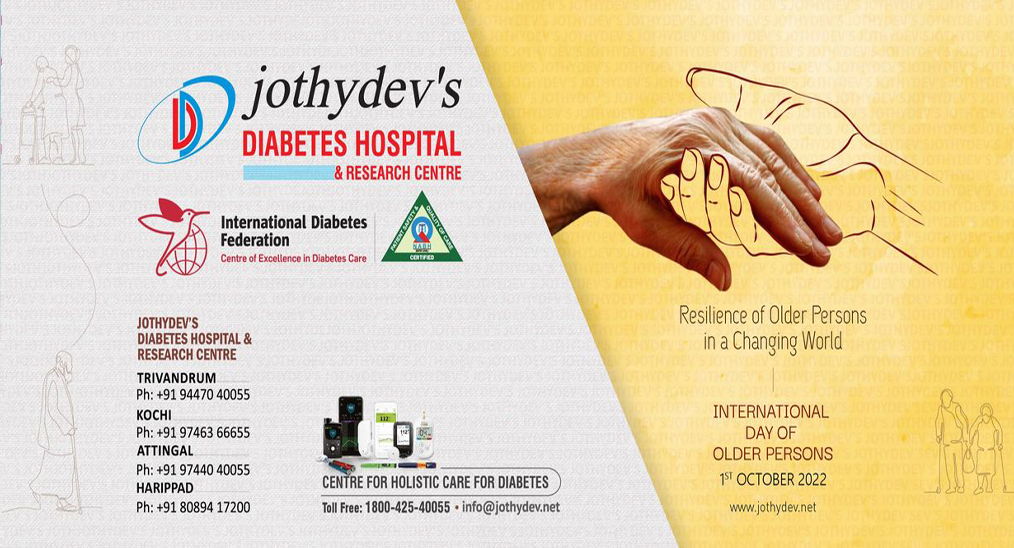3. High HbA1c increases risk of Trigger finger in type 1 and type 2 diabetes

Trigger finger (TF) is a hand disorder causing the fingers to painfully lock in flexion. A recent research published in ‘Diabetes Care’ reported that hyperglycemia increases the risk of developing TF among individuals with T1D and T2D.
This Sweden based observational register-based study explored the association between high HbA1c and increased risk of TF among individuals with diabetes. The study cohort included 9,682 individuals with type 1 diabetes (T1D) and 85,755 individuals with type 2 diabetes (T2D) aged ≥18 years. Associations between HbA1c and TF were calculated with sex-stratified, multivariate logistic regression models with 95% CIs, with adjustment for age, duration of diabetes, BMI, and systolic blood pressure. The results revealed that increased levels of HbA1c were associated with TF among individuals with T1D (women OR 1.26 [95% CI 1.1–1.4], P = 0.001, and men 1.4 [1.2–1.7], P < 0.001) and T2D (women 1.14 [95% CI 1.2–1.2], P < 0.001, and men 1.12 [95% CI 1.0–1.2], P = 0.003).
According to the researchers, appropriate management of diabetes is essential for preventing diabetes related complications such as diabetic hand in individuals with diabetes.
For enquiries info@jothydev.net.
Please visit: jothydev.net | research.jothydev.com | diabscreenkerala.net | jothydev.com/newsletter




